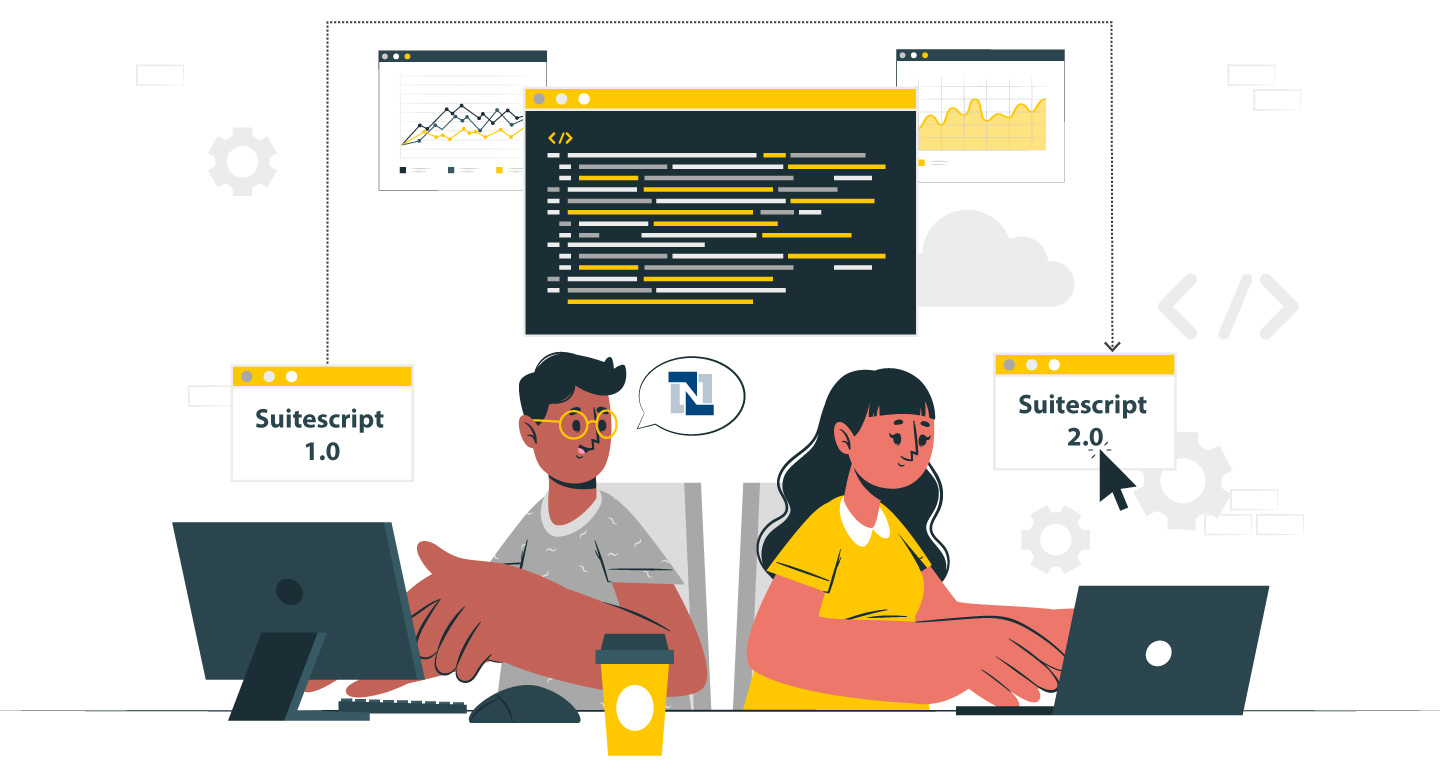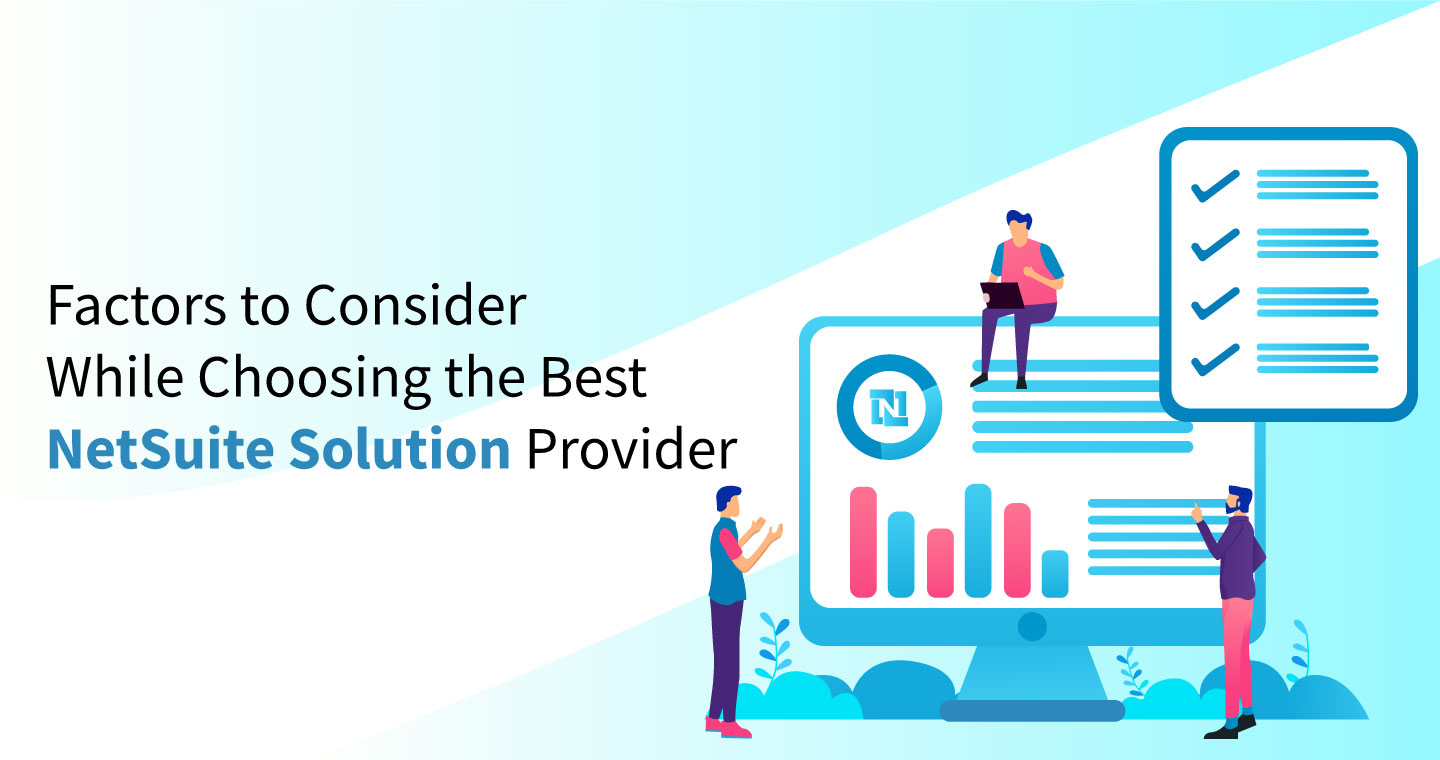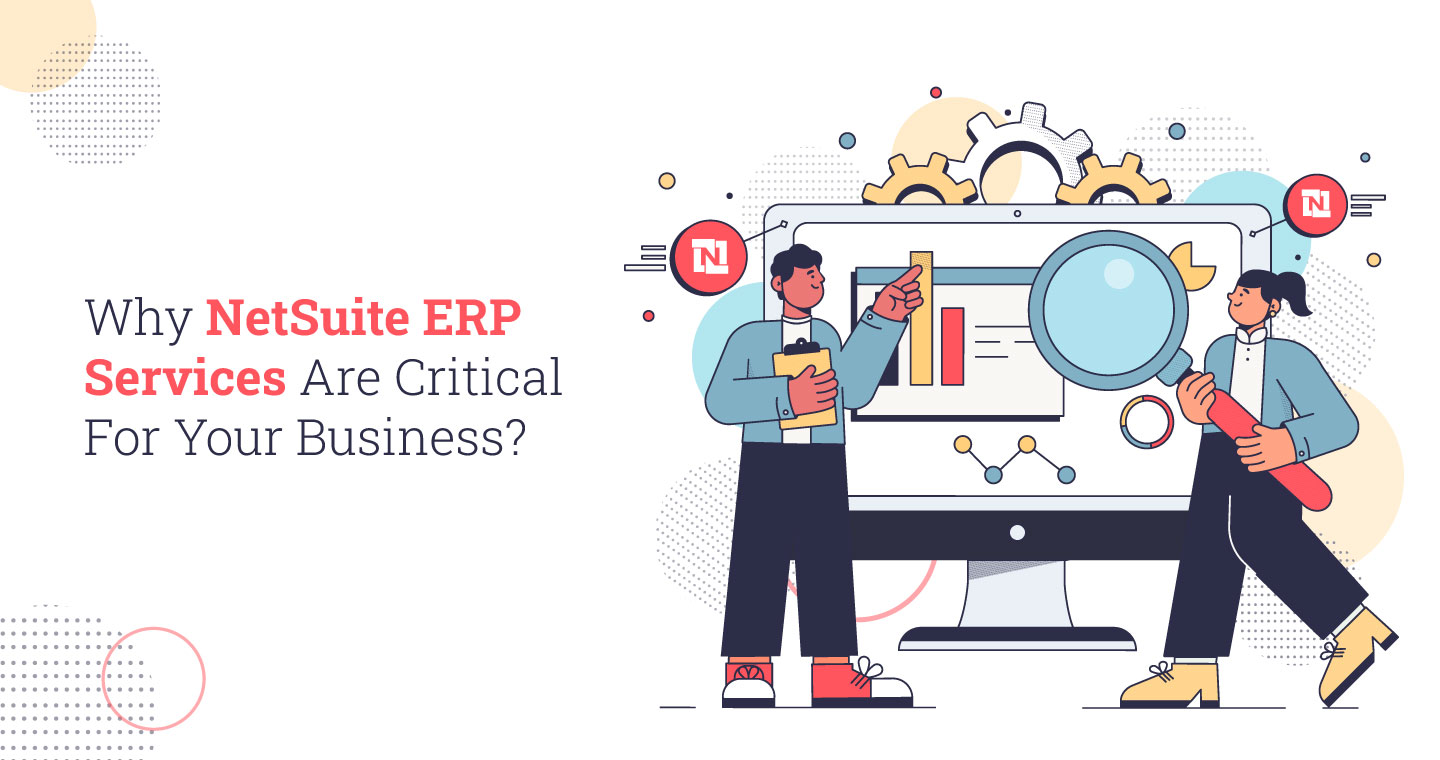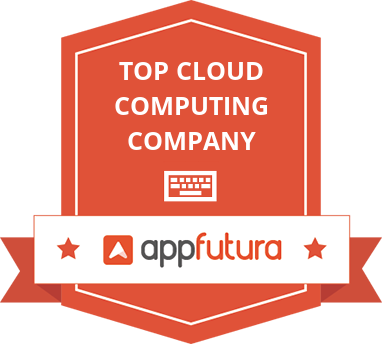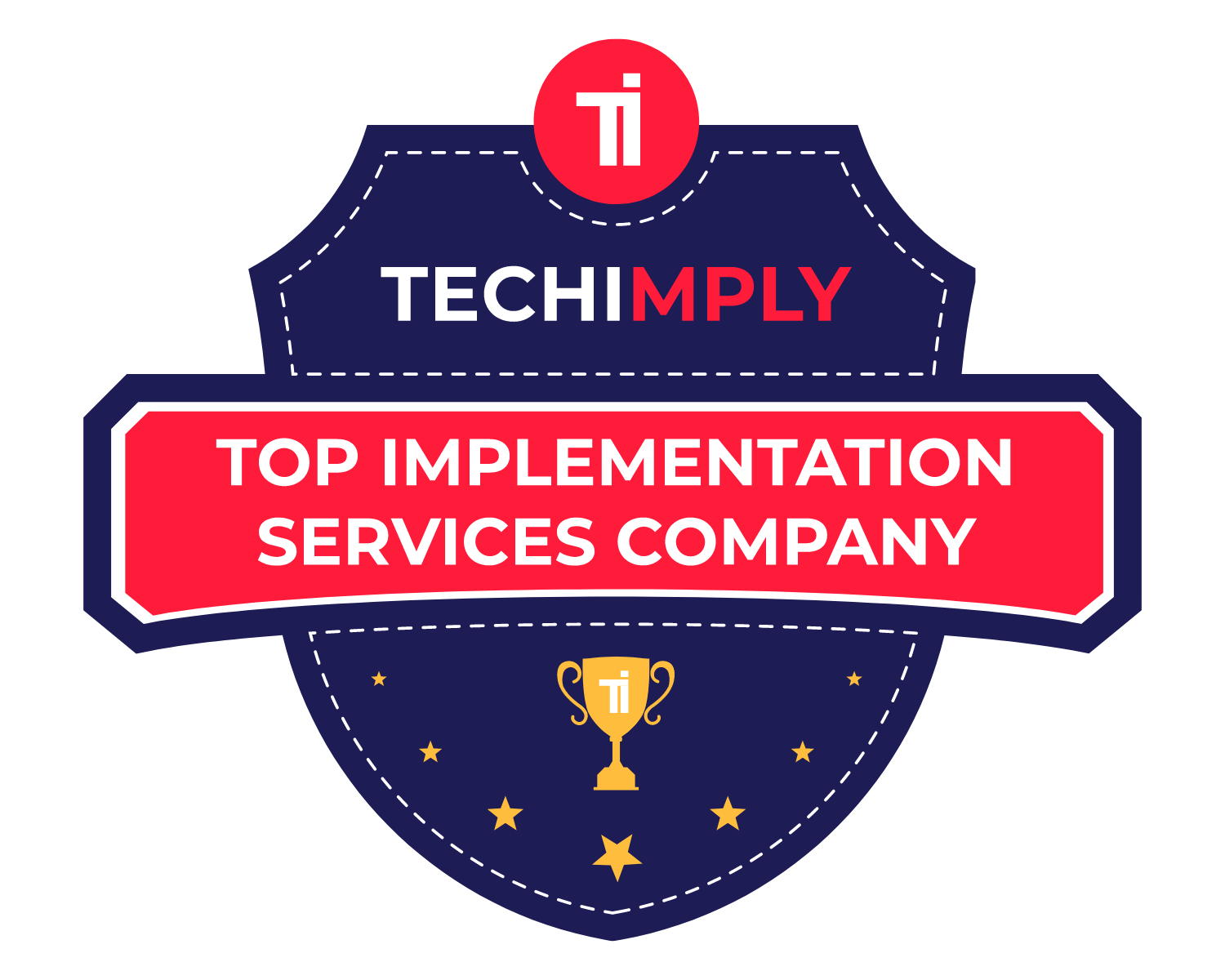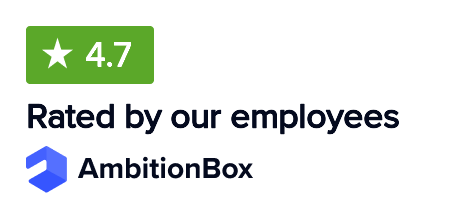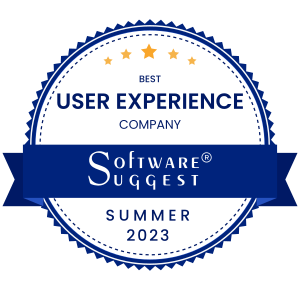In the continuously evolving business landscape, leveraging a robust Enterprise Resource Planning (ERP) system is of mission-critical importance for operational efficiency. But the process of transferring data from legacy systems into a new ERP system involves a lot of complexities.
Poor execution of ERP migration can lead to data inaccuracies as well as system downtime. To mitigate these common risks, businesses need to ensure following the best migration practices. This cannot be ensured without a meticulously structured, well-planned migration strategy. This is why we are presenting here a detailed guide explaining all the critical steps you need to follow in ERP data migration.
What is ERP Data Migration?
The data transfer process from legacy systems to a new ERP platform is called ERP data migration. The multiple stages within this process include data extraction, data transformation, data validation, and physical data loading and storage into the new system. The overwhelming volume and complexities involved in the process make it challenging.
Generally, organizations switch to a modern ERP to get the advantages of optimum operational efficiency, improved data-driven decision-making, and enhanced customer service. However, garnering these benefits ultimately depends on how efficiently the data migration process has been executed.
Key Steps in ERP Data Migration
A well-planned ERP data migration process follows the following steps.
1. Data Assessment
Before starting with the migration, the data quality and structure in the legacy systems need to be checked. Some of the aspects that are assessed include quality, redundancy, relevance, and accuracy.
This data assessment is done by following the below measures:
- Creating comprehensive data inventory of all sources, including databases, spreadsheets, and storage systems to identify relevant data sets.
- Evaluate data quality to check requirements for cleaning, updating, and transforming data.
- Check data relevance or usefulness.
2. Data Mapping
Data mapping is done to define how data structure from the legacy system will fit into the new ERP system. This is more about restructuring the data from the old system to fit into the new one.
This data mapping is done by following the below measures:
- Detecting how data within the business processes and systems relates to each other.
- Mapping the data fields to make sure that the fields in the legacy system fit into the fields in the new ERP system.
- Carrying out small-scale tests to check that the data mapping works as expected.
3. Data Extraction
After the data mapping stage, data extraction is done from the source system. This step often involves leveraging custom scripts or migration tools for pulling out data from different systems and formats.
This data extraction is done by following the below measures:
- Data volume can impact the speed and efficiency of the extraction process and hence large datasets may need to be divided into smaller chunks for easier extraction.
- Make sure that the data being extracted is consistent and complete. Any inconsistencies in the extracted data should be addressed before moving to the next phase.
- It is important to minimize system downtime during the extraction process. This may involve scheduling extraction during off-peak hours or using backup systems to maintain operational continuity.
4. Data Transformation and Cleansing
After data extraction is done, the data is transformed and updated to meet the structure and standards of the new ERP system. Reformatting dates, renaming fields, or converting data types are some of the things that are taken care of here. Data cleansing is also done to get rid of irrelevant and inaccurate data.
This data transformation and cleansing is done by following the below measures:
- Ensure that the data is in the correct format for the new ERP system. For example, dates may need to be reformatted to match the new system’s requirements.
- Identify and remove duplicate data entries. Duplicate records can lead to inefficiencies and inaccuracies in the new system.
- Ensure that all data follows the same standards, such as consistent naming conventions or units of measurement. This helps ensure that the data is interpreted correctly by the new ERP system.
5. Data Validation
Before loading data into the new ERP, it must be validated to ensure it is accurate and complete. Data validation checks may include ensuring that required fields are populated, there are no duplicate records, and data meets predefined business rules.
This data validation is done by following the below measures:
- Ensure that the data being migrated maintains its integrity throughout the process. For example, ensure that no records are lost or corrupted during extraction or transformation.
- Validate that the data meets all business rules defined for the new ERP system. This includes ensuring that all required fields are populated and that there are no invalid data entries.
- Carry out cross-checks between the legacy system and the new ERP system to ensure that the data has been transferred correctly.
6. Data Loading
The transformed and validated data is then loaded into the new ERP system. Depending on the system’s complexity, this step may be completed in phases to reduce risk.
This data loading is done by following the below measures:
- Loading data in phases helps minimize risks and allows for easier troubleshooting if any issues arise. Start with less critical data before migrating mission-critical information.
- Maintain backup copies of the data in case something goes wrong during the loading process. This ensures that data can be restored without significant downtime.
- Monitor the performance of the ERP system during the data loading process. Loading large amounts of data at once can impact system performance, so it may be necessary to schedule loading during off-peak hours.
7. Testing and Go-Live
After the data is loaded, thorough testing is required to ensure that the new system functions correctly and that all data has migrated accurately. Once testing is complete, the system is moved to live production mode.
The testing and deployment is done by following the below measures:
- Ensure that all features and functions of the ERP system are working as expected. This includes testing integrations, workflows, and reporting capabilities.
- Verify that the migrated data is accurate and complete. Conduct spot checks and comparisons between the legacy system and the new ERP system.
- Involve business users in the testing process to ensure that the system meets their operational needs. User feedback is critical for identifying any issues that may have been missed during earlier testing phases.
Challenges in ERP Data Migration
ERP data migration is a multi-layered, intricate process that presents numerous challenges. A misstep at any stage can lead to data inaccuracies, delays, and even project failure. Below are some of the most common challenges businesses face during ERP data migration:
1. Data Quality Issues
One of the most significant challenges during ERP data migration is the quality of the data itself. Legacy systems often house years, if not decades, of historical data. Over time, this data can become outdated, incomplete, redundant, or riddled with errors.
Data quality issues can manifest in the following ways:
- Duplicate Records: Legacy systems may contain multiple versions of the same customer or product record, leading to confusion and inaccuracies in the new system.
- Outdated Information: Information such as customer addresses, product prices, and supplier details may have changed over time but not been updated in the legacy system.
- Inconsistent Data: Data might be stored in different formats across various systems.
2. Complex Data Structures
ERP systems often involve complex data structures, with intricate relationships between different data entities such as customers, products, vendors, and financial transactions. Legacy systems may have different data structures, making it difficult to map the data one-to-one into the new ERP system.
- Cross-Linked Data: In many cases, data in legacy systems is cross-linked with other systems, creating a web of dependencies. If one piece of data is migrated incorrectly, it can lead to inconsistencies throughout the system.
- Multiple Data Sources: Organizations may have data stored in several different systems, ranging from Excel spreadsheets to specialized software applications can be challenging.
3. Data Security Concerns
Another challenge involves ensuring data security during migration. Sensitive business data, such as financial records, customer information, and proprietary business processes, must be protected from unauthorized access and potential breaches during the migration process. Some key data security concerns include:
- Data Breaches: Migrating large volumes of sensitive data may expose the organization to data breaches if the proper security protocols are not in place.
- Compliance Risks: Many industries are subject to data protection regulations such as GDPR, HIPAA, and PCI-DSS. Ensuring compliance during data migration is essential to avoid costly fines or legal repercussions.
4. Downtime and Disruption
The migration process can often lead to downtime or disruption of business operations, particularly if data migration is not well-planned. A full-scale migration can impact critical systems, leading to workflow bottlenecks or customer service interruptions. This can result in significant financial and reputational losses.
Some specific challenges to mitigate downtime include:
- Business Continuity Risks: Migrating data often involves taking systems offline temporarily. However, for businesses that rely on real-time data access.
- System Performance Issues: As data is extracted, transformed, and loaded into the new ERP, system performance can be negatively affected. This might slow down day-to-day operations and frustrate users who rely on timely access to data.
5. Lack of Expertise
ERP data migration is a specialized task requiring deep technical knowledge of both the legacy system and the new ERP platform. Many organizations may not have the in-house expertise to manage a full-scale migration, leading to errors, delays, and inefficiencies. Specific knowledge gaps may include:
- Technical Know-How: Teams may not fully understand how to handle complex data extraction, transformation, and loading (ETL) processes.
- Project Management: Migrating data while simultaneously rolling out a new ERP system requires coordination across multiple departments and teams.
6. Inadequate Testing
Failing to properly test the migrated data can result in numerous post-migration issues. Testing is a crucial stage, as it ensures that the data has been transferred accurately and that the new ERP system functions as expected.
Testing is crucial for detecting the following loopholes:
- Inconsistent Data Validation: Data validation processes may be overlooked, leading to incomplete, inaccurate, or duplicate data in the new system.
- Failure to Test Critical Scenarios: Some organizations may not test all possible business scenarios, such as how migrated financial data impacts tax calculations, customer invoicing, or inventory management.
Best Practices for ERP Data Migration
To overcome the challenges associated with ERP data migration and ensure a successful transition, businesses should follow a set of best practices. These best practices serve as a roadmap for planning, executing, and managing the entire migration process, reducing the risk of data loss, corruption, or business disruptions.
1. Early Planning and Preparation
The success of ERP data migration largely depends on how well the organization prepares before starting the process. Begin by creating a detailed project plan that outlines key milestones, resources required, and timelines. Proper planning involves:
- Resource Allocation: Ensure that you have a dedicated team of IT experts, data analysts, and project managers who will oversee the entire migration process. Make sure the team has experience with both the legacy system and the new ERP platform.
- Communication Strategy: Establish a clear communication strategy to keep all stakeholders informed about the progress, potential risks, and any downtime associated with the migration process.
- Documentation: Document the entire process, including data mapping, transformation rules, validation processes, and key migration steps. This documentation will serve as a reference for troubleshooting and future audits.
2. Data Governance and Cleansing
Data governance is a key aspect of any migration process, ensuring that data is handled securely and consistently. Implementing strong data governance protocols will help prevent issues such as data corruption or loss during migration. Key data governance steps include:
- Data Ownership: Assign data stewards or owners responsible for maintaining the quality and integrity of specific data sets.
- Data Cleansing: Before starting the migration, thoroughly cleanse the data by removing duplicates, correcting inaccuracies, and updating outdated records. Clean data will reduce the risk of errors in the new ERP system.
- Consistency Checks: Standardize data formats, naming conventions, and other critical elements across the entire data set to ensure consistency.
3. Data Mapping and Transformation Strategy
The data in your legacy system will likely have different formats, structures, or naming conventions compared to the new ERP system. A well-defined data mapping and transformation strategy is essential to ensure that the data migrates correctly. Best practices for this stage include:
- Field-Level Mapping: Map each field from the legacy system to the corresponding field in the new ERP system. Ensure there is a clear understanding of how the data will flow from one system to the other.
- Automated Transformation Tools: Use automated data transformation tools to streamline the process. These tools can help convert legacy data formats to formats compatible with the new ERP system, reducing manual work and minimizing the risk of errors.
- Data Validation Rules: Establish validation rules to ensure the accuracy of the transformed data. For example, you can create rules to check for missing values, invalid entries, or duplicate records.
4. Incremental or Phased Migration
Rather than attempting to migrate all data at once, consider using an incremental or phased migration approach. This strategy helps reduce risks by allowing the team to focus on migrating smaller data sets one at a time, ensuring that each phase is tested thoroughly before proceeding. Benefits of a phased approach include:
- Minimized Disruption: Migrating in phases reduces the likelihood of system downtime and allows the organization to continue operating while the migration is in progress.
- Easier Troubleshooting: If issues arise during one phase, they can be addressed before moving on to the next phase, reducing the risk of larger, system-wide problems.
- Better Resource Management: Phased migration allows the team to allocate resources more efficiently, ensuring that each phase has the attention it requires.
5. Comprehensive Testing and Validation
Testing is one of the most critical stages of ERP data migration. It ensures that the data is accurate, complete, and functional in the new system. Comprehensive testing should be conducted at multiple stages, from initial data extraction to post-migration go-live. Key testing best practices include:
- Test Environment Setup: Create a sandbox or test environment that mirrors the production environment to conduct testing without disrupting daily operations.
- Iterative Testing: Perform iterative testing throughout the migration process, testing small batches of data and workflows to identify potential issues early.
- User Acceptance Testing (UAT): Involve end-users in the testing process to validate that the system meets their needs and that the data has been correctly migrated. User feedback is invaluable for identifying data discrepancies or functional issues.
- Full System Testing: Once the migration is complete, perform full system testing, including workflows, integrations, and reporting functionalities, to ensure everything operates as expected.
6. Backup and Contingency Planning
Even with the best planning and preparation, data migration can still encounter unforeseen issues. To mitigate the risk of data loss, corruption, or extended downtime, it’s critical to have a backup and contingency plan in place. Best practices for backup and contingency planning include:
- Data Backup: Create a complete backup of all legacy data before starting the migration process. In the event of a failure or corruption, this backup can be used to restore the data.
- Contingency Plan: Develop a contingency plan that outlines how the team will respond to potential problems during the migration process. This could include rolling back to the previous system, using backup systems, or delaying the go-live date if necessary.
- Disaster Recovery: Ensure that disaster recovery protocols are in place to minimize the impact of any data loss or system failure.
7. Training and Support
Once the data has been successfully migrated and the new ERP system is live, it’s essential to provide training and support for end-users. Without proper training, users may struggle to navigate the new system or utilize the migrated data effectively. Best practices for training and support include:
- User Training: Conduct thorough training sessions with end-users to familiarize them with the new ERP system, its features, and the data workflows.
- Ongoing Support: Offer ongoing support to help users troubleshoot any issues that arise after the go-live. This could include creating a help desk or providing access to technical support staff.
- Documentation: Provide detailed documentation and user guides to help users understand how to access and manage the migrated data in the new system.
Popular ERP Migration Tools
There are several tools available to facilitate ERP data migration, each offering various features and capabilities that can make the process more efficient. Some of the most widely used ERP migration tools include:
1. Boomi
Boomi is a cloud-based integration platform that provides data migration and integration services for ERP systems like NetSuite, SAP, and Oracle. It offers a visual interface that simplifies the process of mapping and transforming data across systems. Boomi’s advanced automation capabilities help reduce the time and effort required for data migration.
2. Celigo
Celigo is another powerful integration and migration platform designed for use with ERP systems like NetSuite. It offers pre-built connectors that facilitate the movement of data between systems, making it easier to extract, transform, and load data during migration.
3. Informatica PowerCenter
Informatica PowerCenter is a popular data integration tool that provides robust capabilities for data migration, including support for ETL processes, data cleansing, and transformation. Its scalability makes it suitable for large-scale ERP data migration projects, ensuring data integrity and accuracy.
4. Dell EMC Data Migration
Dell EMC offers data migration services and tools designed for businesses looking to move data between legacy systems and modern ERP platforms. Dell EMC’s migration tools are designed to minimize downtime and ensure the accuracy and integrity of the data being migrated.
5. SAP Data Services
SAP Data Services is designed to handle data migration for SAP ERP systems. It provides a comprehensive set of features for data extraction, transformation, and loading, ensuring seamless integration with SAP’s suite of business applications.
Why Choose VNMT for Your ERP Data Migration?
VNMT Solutions is a trusted partner for businesses looking to implement or migrate to NetSuite ERP. With years of experience in ERP implementation and data migration, VNMT offers the expertise, infrastructure, and skilled resources to ensure a smooth transition. Here’s why you should choose VNMT for your next ERP data migration project:
VNMT has a team of certified NetSuite professionals who understand the intricacies of data migration and can help you navigate the process smoothly. The company offers customized data migration strategies based on the specific needs of your business, ensuring that the migration process is efficient and result-driven.
Final Thoughts
ERP data migration is a critical component of any ERP implementation or upgrade. It’s a complex process that requires careful planning, thorough testing, and the right set of tools to ensure success. By following best practices such as early planning, data cleansing, phased migration, and comprehensive testing, businesses can reduce risks and achieve a smooth transition to their new ERP system. Choosing the right migration partner can also make a significant difference in the success of your project.
Also Read: NetSuite Data Migration


